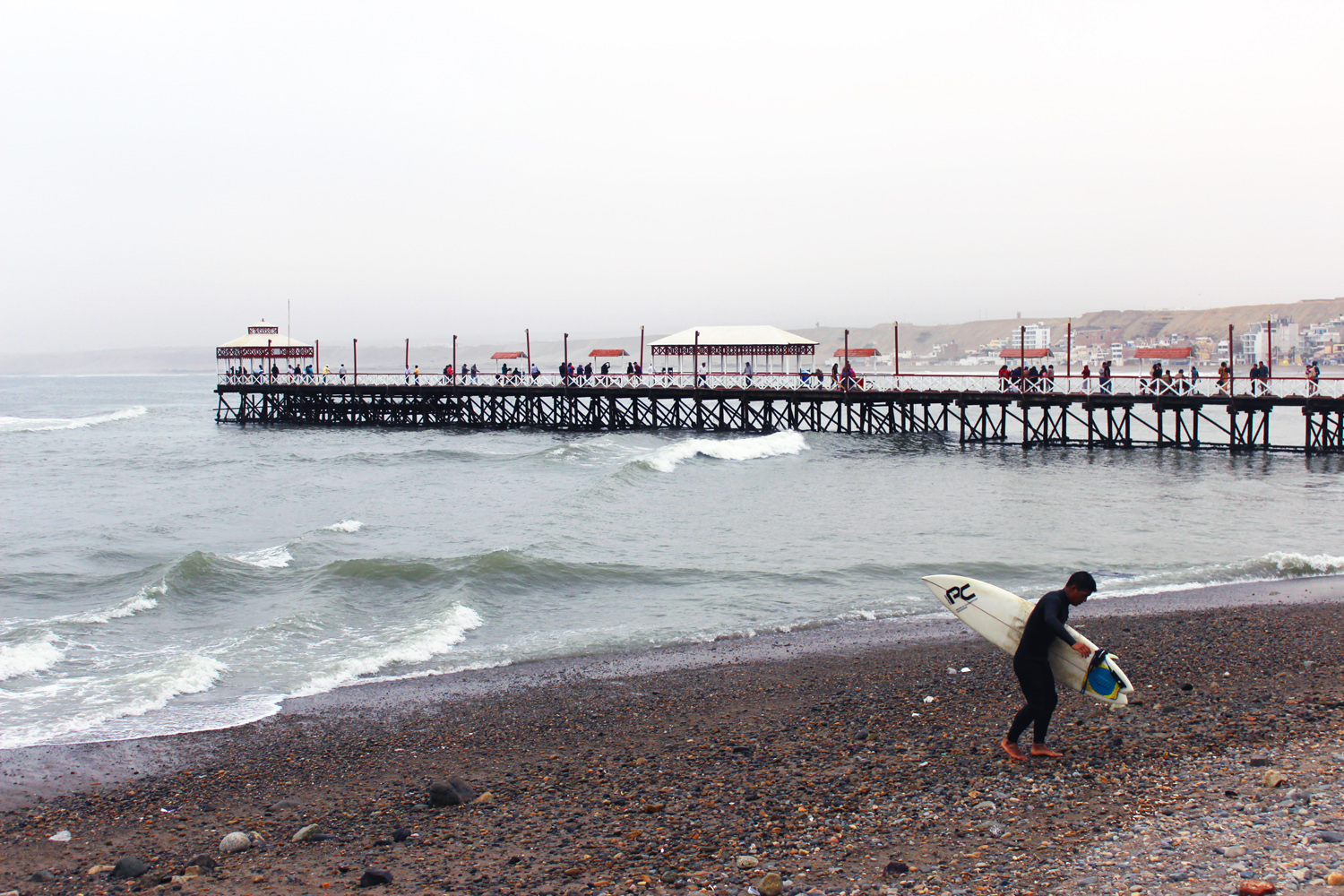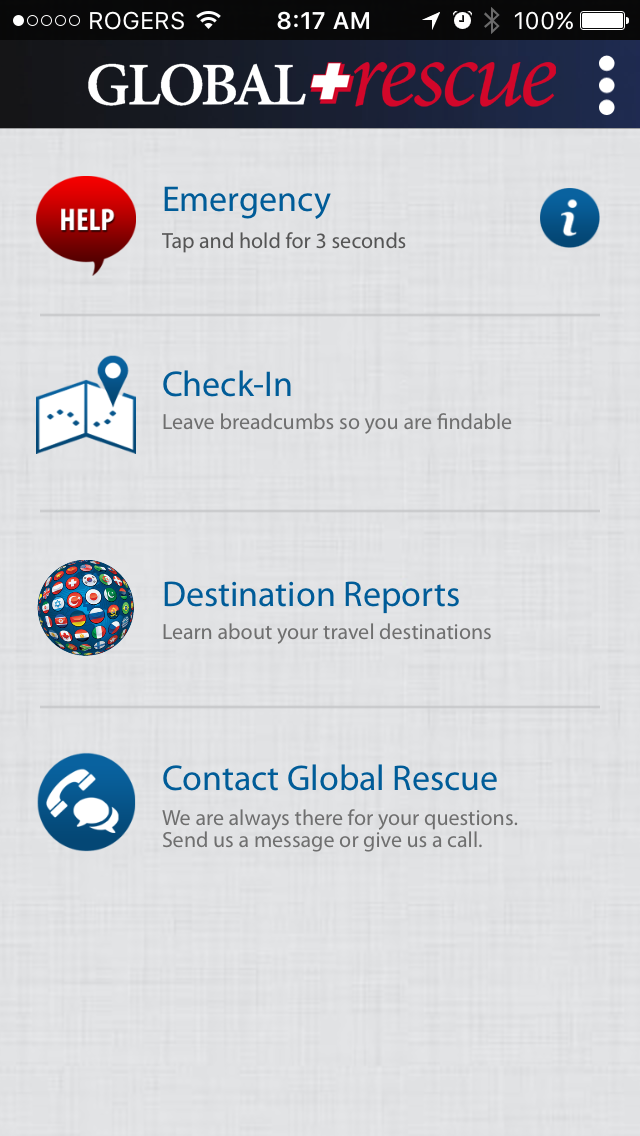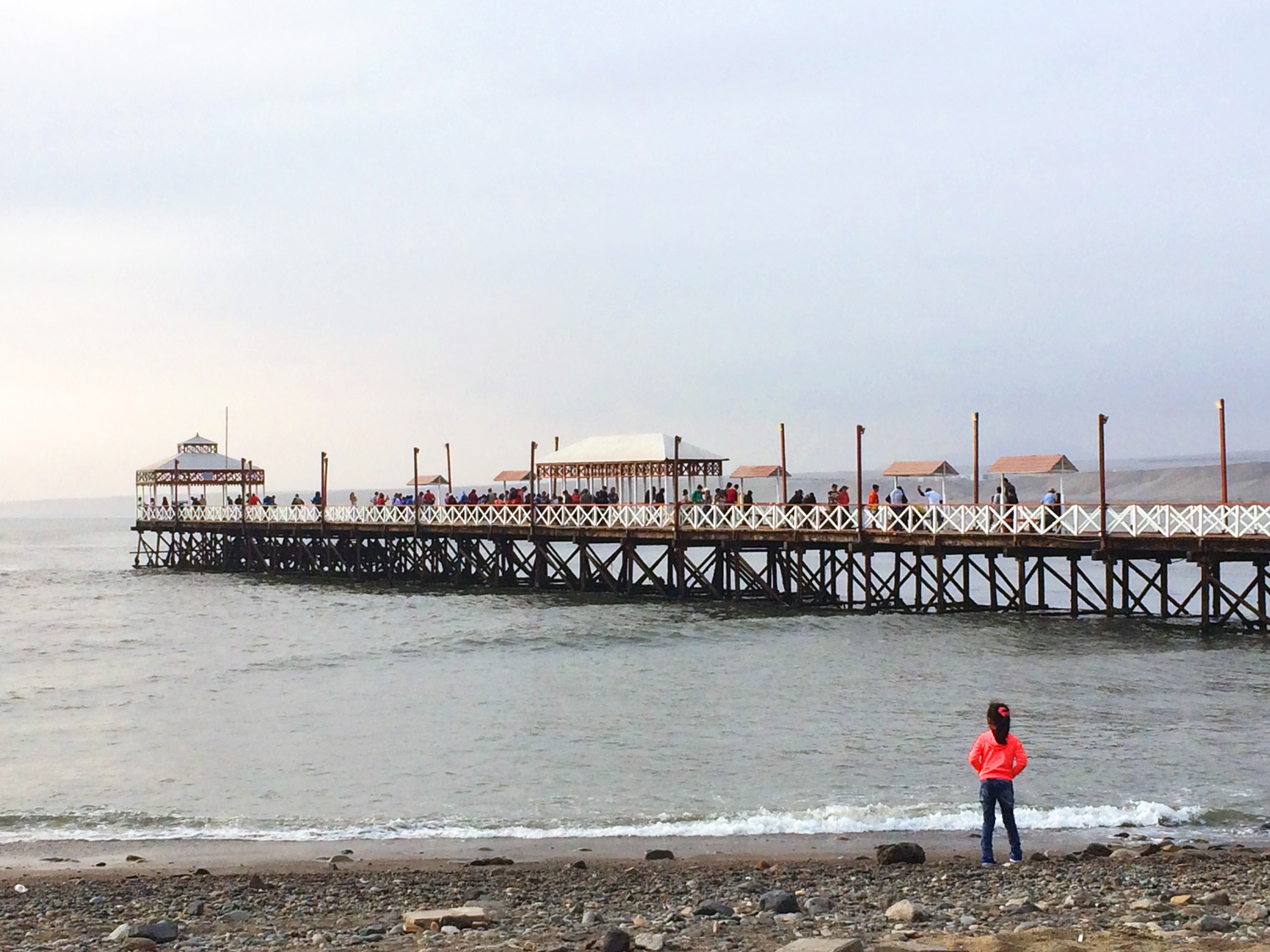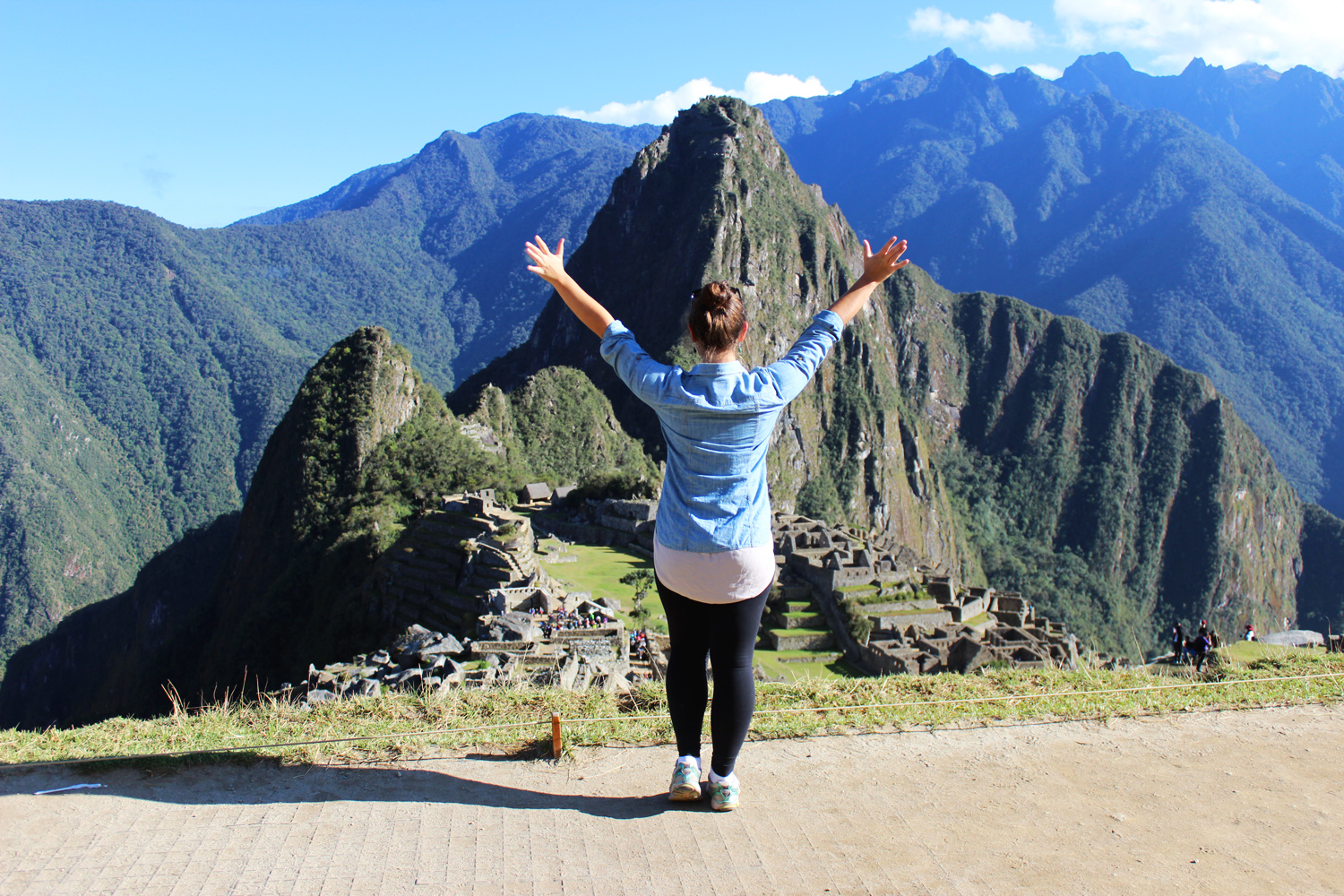There I was, sitting on the beach in Huanchaco, the small surf town in the north of Peru where I was staying for two weeks. Despite it being a grey afternoon, light bounced off the pounding waves as little kids — mostly locals and local tourists — chased each other on the sand and splashed in the surf.
Sounds pretty ideal, right?
It was, mostly. But not in that moment. Why?
I was petrified that I was having an anaphylactic allergic reaction.

After indulging in a few too many copas de vino the night before, I had ridden a bike over to the local burger joint for an extra large helping of papas fritas. The fries came with several different sauces, which I eagerly devoured back on the beach, mesmerised by the waves.
And then, it happened, and my mind crashed back to reality. One of the sauces tasted a little too spicy, and a little bit…unknown.
Immediately, I began to panic: Did this particular hot sauce have peanuts in it? Was my throat about to close up? Why, why, why had I not alerted the server I was allergic to maní? I knew better than to assume.
To be fair, I’m no stranger to psychosomatic reactions.
You know those moments: When your mind plays tricks on you and your body follows suit.
In fact, earlier this year, during a three-month stint in Southeast Asia — where peanuts are very common in local cuisine — I had zero actual reactions, but so many psychosomatic ones, that I ended up having a complete anxiety breakdown. I was petrified of food and wary of social situations, my hair began to fall out, and I couldn’t sleep.

After looking into flying home early (hello, outrageous change fees), I finally jumped ship and grabbed a flight to Australia — where peanut allergies are widely understood and English is spoken — for the remaining three weeks of my trip.
Heading into that trip, I thought I was prepared. I had read and reread every forum on traveling to the region with a peanut allergy. I had talked at length about my allergy with each and every travel buddy. I had even ordered translation cards that described the severity of my allergy in several different languages.
But I wasn’t prepared for what would happen if I actually had a reaction.
Not a psychosomatic one. A real one.
I knew that I would inject myself with an EpiPen. After that…well, I guess I would’ve had to figure it out.
This time, sitting on that beach in Huanchaco, I was prepared.

You see, one of our partners at Wanderful is Global Rescue, a “membership organization providing integrated health, safety, and travel risk management services.”
Yeah, I didn’t really know what that meant, either.
I knew what it wasn’t (travel insurance). But mostly I had no idea what it could do for me.
That’s why I decided to give Global Rescue (who were gracious enough to provide me with a month-long membership — read our disclosure statement here) a try on that trip to Peru, with my life-threatening peanut allergy in tow. I wanted to know what a company with an intense-sounding name and mission like Global Rescue could do for travelers.
And I’m not just talking about extreme adventurers like someone who may need to be evacuated off of a mountain on a climbing journey (which, by the way, Global Rescue can totally help you with). I’m talking about travelers with “smaller”-scale emergencies. Like, for instance, someone who might be having a severe allergic reaction on a beach in a tiny Peru surf town.
Back to the story.
There I was, sitting on the beach, fearing for my life, and taking deep breaths to try and stay calm.
I turned on my phone’s data roaming and opened up the My Global Rescue app.

Emergency.
A big red button with the word “Help” stared back at me and my finger hovered over it, poised and ready to press down. All I needed to do was hold that button for three seconds, and I’d be able to talk to someone at Global Rescue. They’d then dispatch a trusted paramedic to my exact location, provide translation support, and make sure I got to the closest and best hospital. If I needed further care, they’d move me to one of their preferred care centers.
I stared at the button, breathing in, breathing out. After another minute, I let out a sigh of relief. My body was relaxing. My throat wasn’t closing. As it turned out, my reaction was indeed psychosomatic.
I never pressed the button.
But the second I opened up the My Global Rescue app on my old, beaten-up iPhone, I realized what had been missing during my entire Southeast Asia trip.
A contingency plan.
This time, I had Global Rescue available (24/7, 365, might I add) to get me the help and answers I needed. Not to mention that they would’ve literally been there to save my life had all my safeguards failed and I actually had been having a reaction.

Maybe I still would have had that anxiety attack in Southeast Asia, even with Global Rescue. But as I sat there on that beach in Huanchaco, the sight of that Emergency button made my mind feel a whole lot calmer, which likely in turn enabled my body to relax.
This time, I knew exactly what I would do if I had a real reaction — and that knowledge made all the difference.
Global Rescue was by my side (well, in my pocket) for the rest of my trip, too.
And not just when I was having that psychosomatic reaction.
About a week after the aforementioned near-incident, I was on my way from Lima to Cusco — the gateway to the Sacred Valley that sits at 11,150 feet — when I decided to check in with Global Rescue to see what their best tips were for preventing altitude sickness.

I clicked the “Contact Global Rescue” button on my app and typed in a question. Within minutes, I was instant messaging with one of their agents, who advised me on which tablets I could take if I started to feel woozy, and also how to alter my behavior to better acclimatize to the high altitude (read: take it easy and avoid alcohol).
Turns out, a lot of people get in touch with Global Rescue for the little things. It’s not always bush evacuations or traumatic mountain injuries.
I spoke with Carl Cowan, a Supervisor in the Global Rescue Operations Department, who told me some of the most common questions they get are indeed non-emergent ones, such as:
- What are the health risks in the country I’m going to?
- Are there safety concerns in this country?
- I left my daily medication at home, what do I do?
- How do I refill my prescription in this country?
- An animal bit me: What do I do and where do I go?
- I don’t feel well: Can I have a phone assessment with a paramedic to get feedback from your physician pool?

Because I know you’re curious:
Here’s what happens if a Global Rescue member actually does have a travel emergency.
According to Carl, the procedure depends on the circumstances, but with the same goal in mind: Getting the member the best care as soon as possible.
The second an emergency alarm is triggered, Global Rescue will either direct you to a local 911 (or equivalent), or activate it on your behalf, using your GPS location to determine where you are. This can be as contained as needing an ambulance sent to your hotel or as large-scale as requiring evacuation from a mountain or from the bush.
Once you are in the care of local emergency responders or a physician, Global Rescue will work with them to ensure you are getting the best and necessary attention, up to and including critical care. If needed, Global Rescue will arrange your transport to one of its 200 preferred Centers of Excellence, and will even give you an option to get back home.
Global Rescue will make sure that your medical records are shared between your doctors, that you have a discharge plan in place, and that there is an open line of communication with everyone involved. They’ll be with you every step of the way.

It should be noted that Global Rescue is not travel insurance (though they do offer travel insurance through their partner, IMG).
In fact, travel insurance and medical evacuation services are anything but synonymous.Travel insurance protects travelers from financial loss resulting from cancelled trips, lost luggage, medical expenses, and some medical evacuation expenses. Medical evacuation is a service used to deliver a traveler to life-saving care that may not be available at the traveler’s location.
Without Global Rescue, my trip to Peru might’ve been very different.
Global Rescue’s advice was invaluable. And though my reaction on that Huanchaco beach ended up (thankfully) being psychosomatic, even just the knowledge that I was protected were something to actually happen enabled me to remain calm.
My anxieties had impacted my previous journeys (like that Southeast Asia trip, for instance). Thanks to Global Rescue, that didn’t happen this time.
Wanderful is proud to have Global Rescue — a company that not only supports travelers around the world, but also actively supports women who travel — as one of our partners.
Are you ready to get protected? Global Rescue is ready to help.
Follow along Erin’s journey for more information on how she used Global Rescue.














































